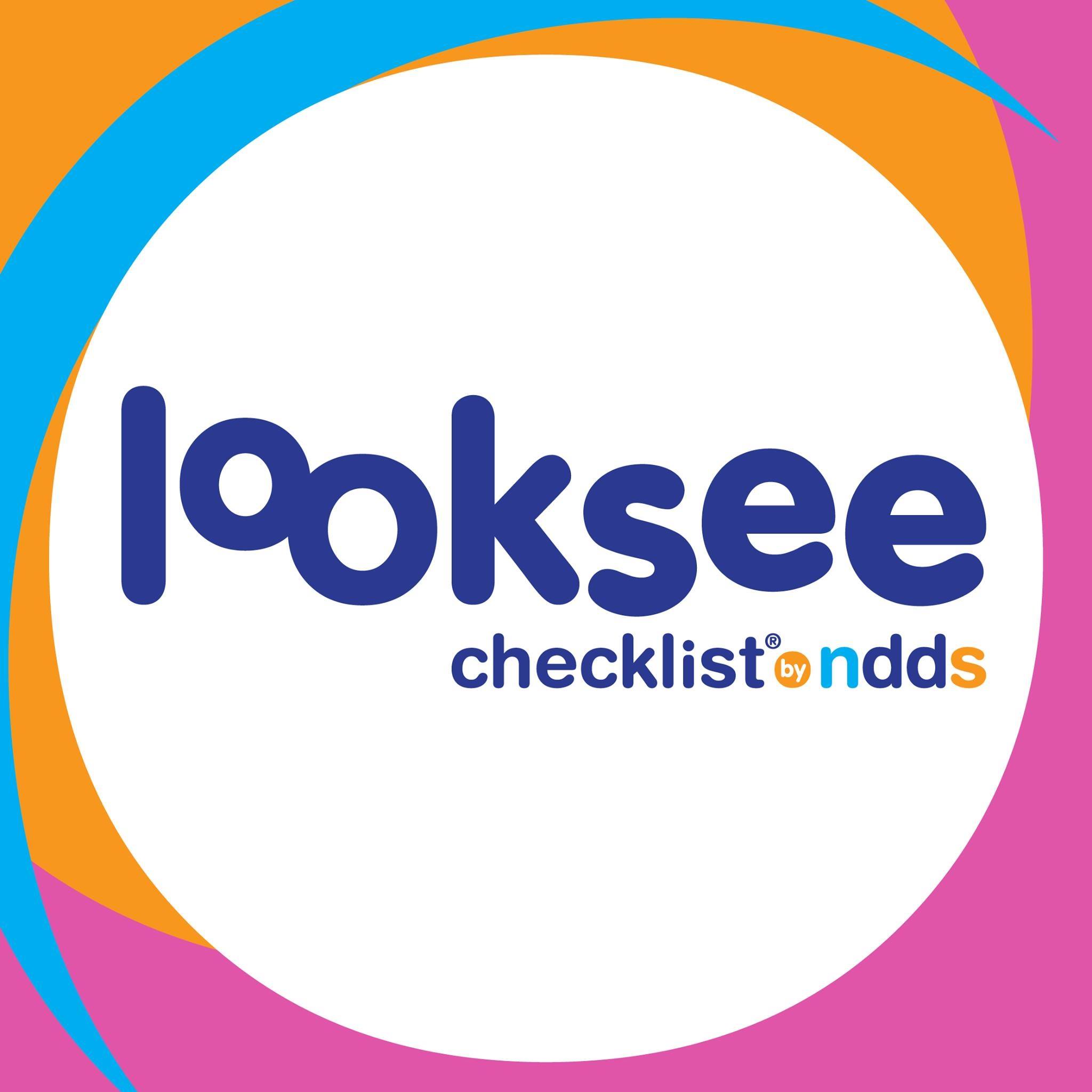Your toddler is growing fast, and at 3-years-old they’re bound to hit crucial developmental milestones. But it’s easy to lose track when you’re balancing work, social commitments, and household maintenance. That’s why you need the Looksee Checklist for your 3-year-old.
When your child is a toddler—toddlerhood meaning anywhere between 1 to 3 years old—they begin to develop their first memories, language, and thinking skills. At this age, tracking your child’s milestones is vital for their future. While there are a few different philosophies on early childhood education and development, the Looksee Checklist helps you easily track the most fundamental parts of your child’s growth. At the same time, the checklist empowers you with developmental screening tools to monitor their growth and call for professional intervention if necessary.
Purpose and Benefits
The Looksee checklist helps you monitor your 3-year-old’s development across several key areas. Why is that important? Keeping track of developmental milestones ensures they are growing at a rate that’s ideal and healthy. After all, early intervention for many developmental delays can help your toddler reach their true potential—giving them the right support, at the right time.
To sum up the benefits, the Looksee Checklist for 3-year-olds helps you:
- Understand your child’s development
- Identify their skills and preferences
- Screen for developmental areas that need extra attention
- Plan for intervention strategies or professional support if necessary
Components of the Looksee Checklist
Developmental screening will help you capture a thorough understanding of your child’s growth and how you can best support them. The Looksee Checklist measures your 3-year-old’s development across 5 different areas:
- Gross Motor Skills: Your child’s ability to control whole body movements to perform daily functions like walking, running, jumping, swimming, and sitting upright. This also includes hand-eye coordination skills like throwing or catching.
- Fine Motor Skills: The ability to make small movements using the hands and wrists. This includes fastening buttons, holding a pencil, turning a book’s pages, and playing with toys that require delicate movements (like stacking a tower of blocks).
- Communication and Language: Your 3-year-old’s ability to learn new words, speak short sentences and follow two-part requests.
- Social and Emotional Development: The ability to show concern and affection, interact with adults and friends, and display a wide range of feelings.
- Cognitive Skills: Your child’s skills with problem solving tasks (like puzzles), understanding of colours and numbers, and their ability to concentrate on things that interest them—like playing make-believe.
Understanding the Results
To interpret the checklist’s results, begin by comparing your toddler’s performance against age-appropriate milestones. Remember, every child develops at their own pace, so slight variations from the checklist are completely normal and should be expected. However, if there are significant differences, you may want to monitor your child more closely and consider contacting a healthcare professional.
Tips for Using the Checklist
Follow these 5 simple parenting tips to assess your 3-year-old’s development:
- Read Through the Checklist
Get familiar with the Looksee Checklist before using it. This will make it easier to evaluate your child as they go about their usual activities. Start by using the right checklist for your child’s age. If you’re using the online version, enter your child’s date of birth to get the checklist for their age. From there, learn about each section and take note of behaviours to keep an eye on. - Create a Relaxed Environment
Perform the assessment in an environment that’s as stress-free as possible. This might be your toddler’s playroom, or any other part of the house where they feel happy and comfortable. Go through each question, and check “yes” if your child displays that behaviour, or “no” if they don’t. If you’re not sure, try to encourage your child to perform the behaviour. For example, you might give them a three-piece puzzle to complete to check their cognitive skills. - Nurture Their Development
As you assess your 3-year-old’s development, try involving them in activities that nurture their growth. For example, you might read them picture books to spark their imagination, accompany them as they explore the outdoors, or introduce them to new activities or experiences. - Revisit the Checklist
Regularly revisit your child’s results and continue to evaluate them over time. It’s important to do a few repeated tests to capture accurate results. If you only do the test once, then it’s possible that the results were skewed due to unforeseen distractions or circumstances. Doing the test again will help you ensure that the results you’re getting are correct. - Seek Support
Never hesitate to seek support from a pediatrician. The earlier developmental delays are identified, the faster your child can get the assistance they need. If you’ve answered “no” in one of the areas of the checklist, then that’s a valid reason to contact a professional and have them assess your child. Remember to bring your completed Looksee Checklist to show to the health professional.
Getting the Checklist
Now that you know how to use the checklist, here are places where you can find one:
- Online at lookseechecklist.com
- At a doctor’s office or well-baby clinic
Resources and Support
Visit the following websites for access to developmental milestone charts, support groups, and professional services:
- Looksee Checklist FAQs—Get all the answers to your Looksee Checklist questions in one place.
- Childventures—Our child development centres have a program specifically designed for nurturing the development of your toddler.
- Caring for Kids Milestone Chart—Check out this comprehensive list of child development milestones.
- Early Child Development in Ontario—Our province has a number of different programs and services to support your child’s growth.
- Ontario Association for Infant and Child Development—The OAICD provides a list of infant and child development programs located throughout Ontario.
Celebrate Each and Every Milestone
The Looksee Checklist is a valuable tool for tracking your child’s health and well-being. The checklist provides you with a hassle-free way to check-off and celebrate milestones when they happen. Additionally, it also helps you notice any significant changes or delays in their development. Now that you know how to use the checklist and understand the benefits it can bring, it’s up to you to take the next step.



